Sensor Faucets,Sensor Bathroom Faucet,Motion Sensor Bathroom Faucet,Bathroom Touchless Sensor Faucet Kaiping Yufa Sanitary Ware Co.,ltd , https://www.dlsenbathroom.com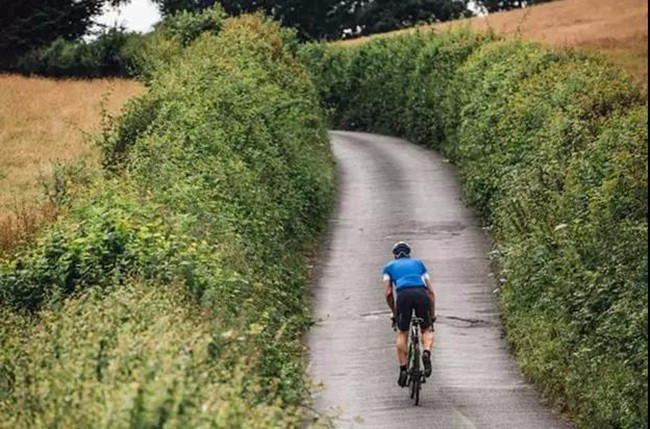
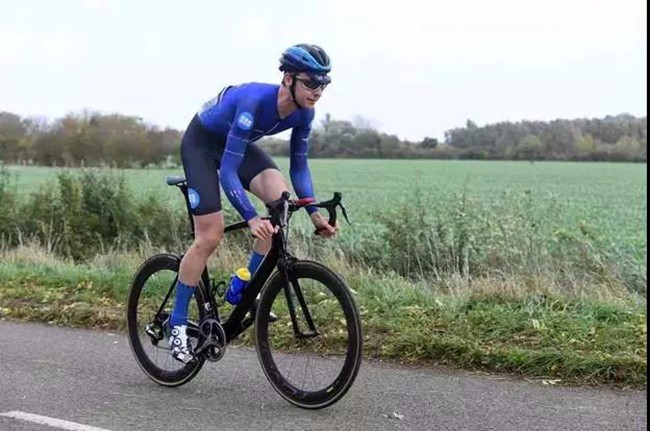
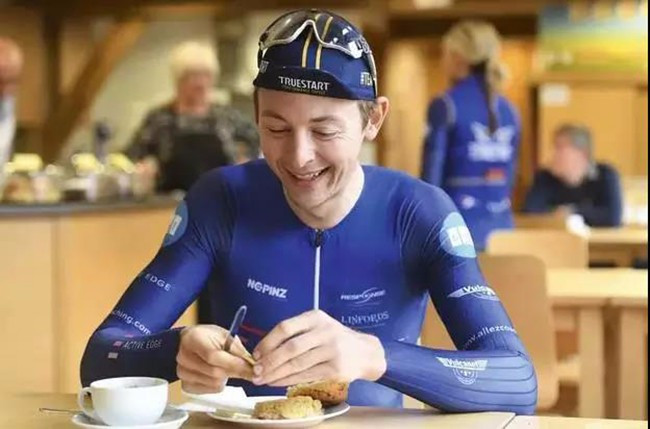
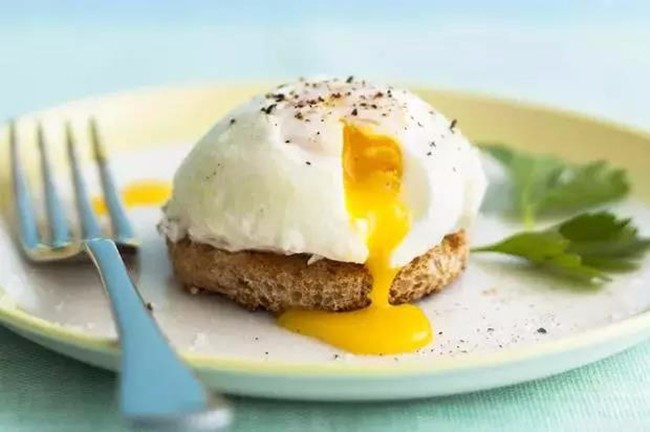
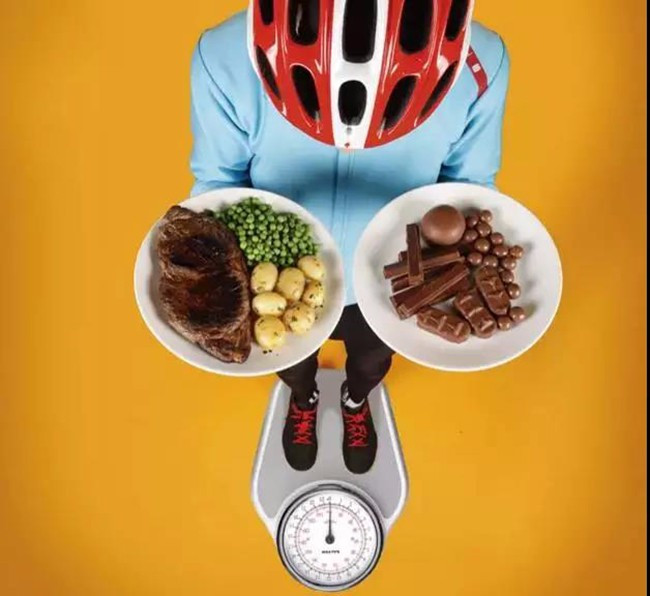
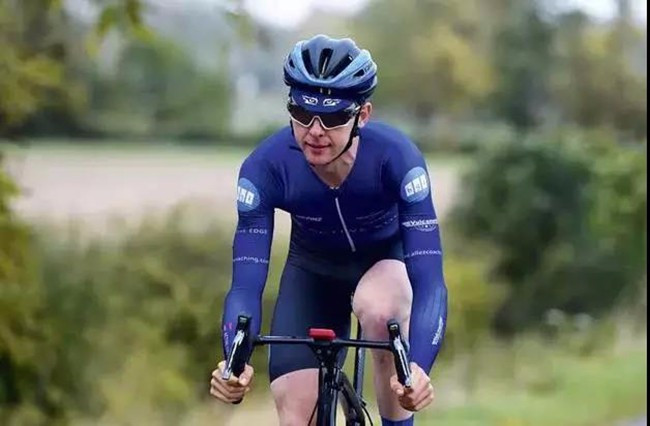
When you want to lose weight on a bike, what you need to do is eat something
Cycling fat burning, efficiency geometry?
Dr. Scott Robinson is an expert in this area at the Gruth Sports Performance Institute. "If you want to lose weight, you need to be in a state of negative energy balance, that is, you have to pay attention to the calories you burn and you have to control the food. Calorie intake."
First, pay attention to the consumption of calories
Many cycling enthusiasts like to use wearable devices to measure calories burned by themselves. “The calorie consumption data used on the online calculator and fitness tracker is based on prediction equations and is therefore inaccurate,†advises elite cycling instructor Roland Kemp.
The online calorie calculator data we usually use is inaccurate, sometimes up to 20%. Riding is not like running, and energy consumption is not easy to predict because there are many variables when riding.
For the simplest example, we will hardly consume calories when going downhill. For example, the size of the wind resistance during riding can also affect the calorie consumption, and the wind resistance is affected by the wind direction, wind speed and personal size. In addition, the tire width of the bicycle, the condition of the road surface, and the weight of the bicycle will all affect the actual calorie consumption.
Some people think that climbing will consume a lot of energy, but in fact, there is a downfall, and calories consumed on uphill slopes are not evenly consumed by almost zero calorie consumption on downhill slopes.
Japanese researchers also found that there are considerable differences between devices compared to the energy consumption measured by the metabolic chambers (the gold standard for measurement) in the study of 12 mainstream wearable devices on the market in 2016. Some (such as Garmin and Jawbone) recorded hundreds fewer calories burned within 24 hours, while others (such as Fitbit and Omron) overestimated hundreds of calories. The researchers concluded: "Most wearable devices cannot measure the exact amount of energy consumed."
There are also many factors that affect how many calories you burn during cycling and rest: your weight, the ratio of body muscle and fat, your genes, how much brown fat you have (more mitochondrial fat tissue) sleep quality and hormones Secretion and so on all affect the metabolic rate.
Here is a set of rider weight, riding speed and hourly burning calorie estimation data, which can be used as an approximate reference for everyone riding. There is no need to buy some special calorie counting devices.
55 kg 21 km/h / 440 kcal / hour
55 kg 24 km/h / 550 kcal / hour
55 kg 29 km/h / 660 kcal / hour
75 kg 21 km/h / 600kcal / hour
75 kg 24 km/h / 750 kcal / hour
75 kg 29 km/h/900kcal/h
90 kg 21 km/h/720kcal/hour
90 kg 24 km/h / 900kcal / hour
90 kg 29 km/h/1080kcal/hour
Second, control the intake of calories in food
Robinson: "By definition, calories are calories in terms of the energy they provide. However, the calories of different nutrients (proteins, carbohydrates, and fats) are differently absorbed and metabolized by the body."
People consume some calories to digest food and turn them into energy that can be burned directly. This is called the thermal effect of food (TEF). The protein has a much higher TEF than other macronutrients, which corresponds to 25-30% of the total calories.
That is, if you eat 100 calories of protein, these calories will be reduced by 25-30%, and eventually only 70-75 calories will be absorbed. While the thermal effect of carbohydrate consumption is 8%-12%, the thermal effect of fat is 2%-3%.
"You also need to consider the impact of different nutrients on satiety. For example, protein has a higher satiety than carbohydrates and fats, so it can help you eat fewer calories."
In other words, eating high-protein foods (such as eggs, fish, or milk) can make you feel full, and eating a pack of chips may still make you feel hungry.
A study at the University of Colorado Health Science Center shows that when people consume too much carbohydrate, they burn more carbohydrates (convert them into calories) and only about 75-85% of excess calories are stored as fat. But if they eat too much fat, there will be 90-95% of the heat stored.
Dr. James Betts, associate professor of nutrition and metabolism at the University of Bath, said: "This is because we have unlimited capacity to store fat, and our ability to store carbohydrates is limited."
For people who regularly consume glycogen to ride a bike, it is difficult to accumulate fat with excess carbohydrates. Because when you eat carbohydrates, it will take precedence over other fuels and will be stored as glycogen. The rest will be converted into fat.
In a landmark study conducted at the University of Lausanne in 1988, it was discovered that carbohydrates convert to fat only when the body has sufficient glycogen reserves and calorie intake is greater than consumption.
Calculating calories using the app may help you understand the food you are eating, but it is not accurate. “The numbers seen on food labels and databases are averages and do not take into account the amount of energy the body needs to digest these foods (TEF). Generally speaking, the daily diet accounts for about 10% of calories burned.†Registered Dietitian Lynne Garton explained: “But if you prepare your own food, you will consume more calories, like cutting vegetables, cooking, and finally chewing. Usually, the amount of calories absorbed from processed foods is higher than that of raw foods. many."
There are also some cases in which the calories cannot be digested by the body. Garton added: "In some foods, such as nuts and seeds, some calories are "locked" in the food matrix and cannot be digested by intestinal enzymes. For example, almonds contain 28g/129kcal calories, 20% lower than previously estimated calories."
With the sharing of experts in different fields, we can sum up the following points:
1. To lose weight, you need to be in a state of negative energy balance, that is, the calorie consumption is greater than the intake.
2. Protein has a higher satiety than carbohydrates or fats, eat more protein foods.
3. If you eat more protein foods, reduce the consumption of highly processed calorie-intensive food, then it is easier to lose weight on the bike.
4. The energy gained from food depends on the source of these calories. Converting calories in protein requires more energy than carbohydrates. Converting calories in carbohydrates requires more energy than fat. So the recommended nutrient intake in the order is protein, carbohydrate, and finally fat.
5. Calorie consumption during riding is difficult to predict accurately. Don't trust calorie counters too much. In 24 hours, the mainstream calorie counter error in the market is around 20%.